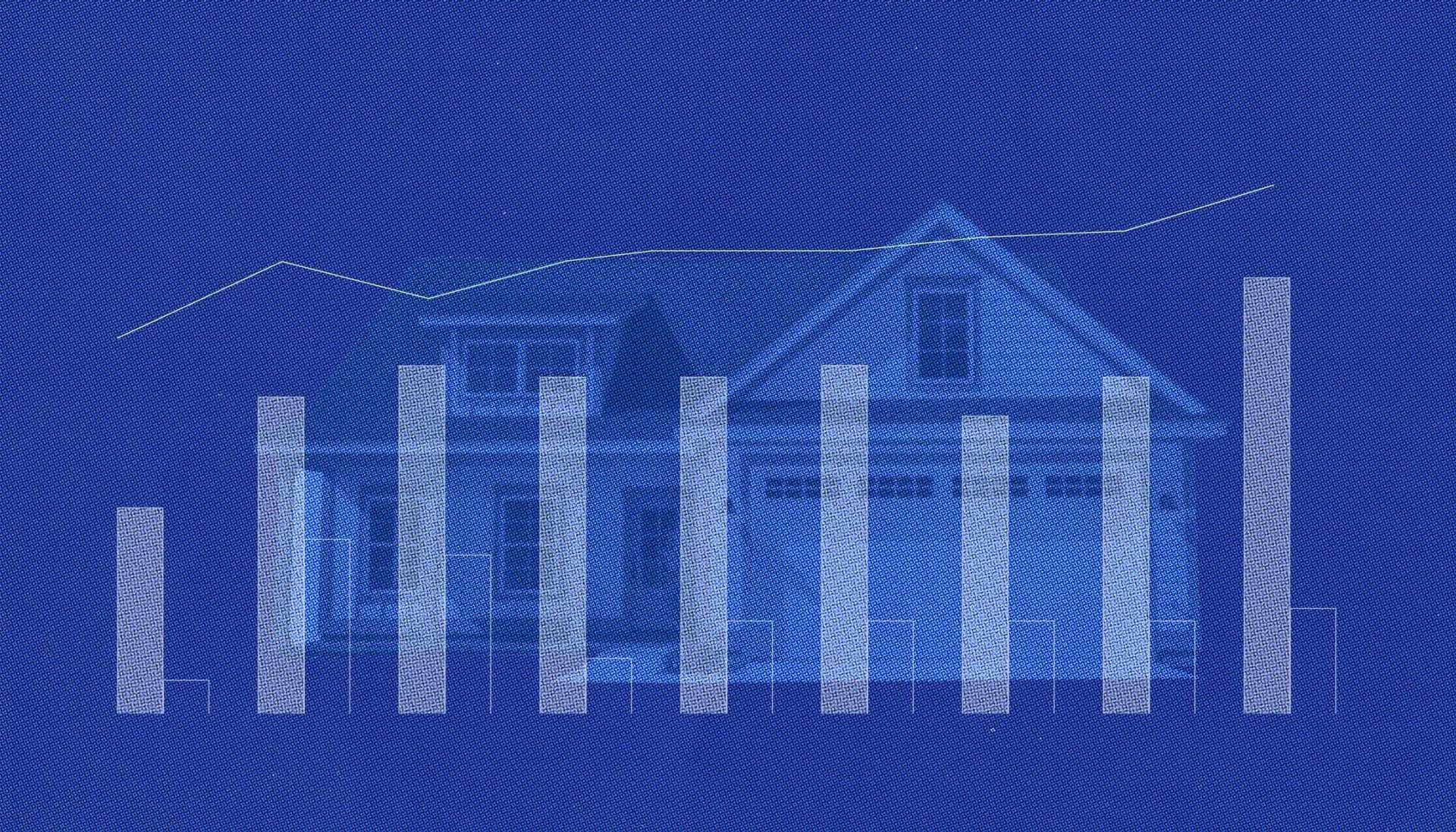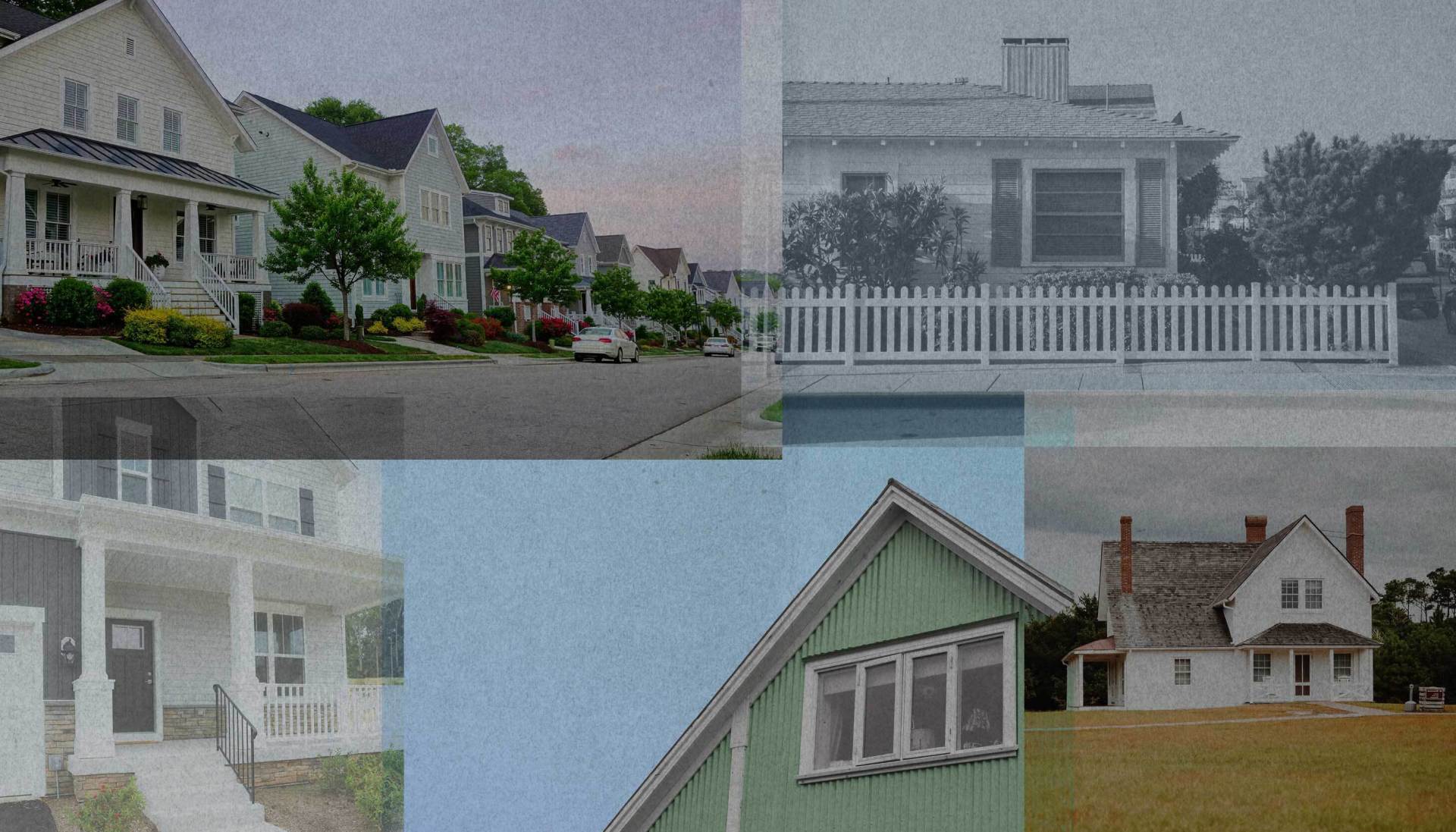There are four primary methods a real estate investor or agent can use to evaluate the potential value of a rental property: the sales comparison approach, the gross rent multiplier approach, the income approach, and the cost approach. Each is a rule of thumb. You can get a better picture of your property value if you use multiple methods.
Different appraisal techniques may be more useful for different types of rental property (an apartment building versus a single family home) and different types of stakeholders (a family, a retail investor, and an insurance company).
“What makes investing in single family homes unique is its flexibility in the event you want to sell your investment,” says Leo Sanchez, Mynd’s head of institutional single family residential acquisitions. “The potential buyer audience is much broader.”
That audience is essentially anyone looking for a property, whether it’s a family looking for a home or another real estate investor.
“If you buy an apartment complex,” Sanchez added, “the list of parties you could sell to is shorter because the criterion they use to evaluate the investment is strictly return on investment. Having multiple exit strategies is always advantageous.”
Before entering into any real estate deal, it’s essential to have properties appraised by certified appraisers or real estate agents.
1. The sales comparison approach (SCA)
The sales comparison approach (SCA), also known as comps or the price-per-square-foot method, determines property value by comparing a property to comparable properties that have recently sold in the area. It can be used for residential properties as well as investment properties, since it does not take rental income into account.
“Even if you don’t know much about real estate, this method should be familiar and self-explanatory,” says Sanchez. “It’s typically referred to as an appraisal.”
Among the key characteristics used in the SCA:
- Location and neighborhood, including proximity to amenities like schools and parks, as well as to less appealing things like highways and overpasses.
- The home’s features, for example the number of bedrooms and bathrooms, and the presence or absence of garages, pools, decks, fireplaces, etc.
- The home’s age and condition.
- The average price per square foot of comparable properties.
For example, if similar homes sold recently in this neighborhood for between $160 and $175 per square foot, an investor would estimate a 2,000-square-foot rental property with similar characteristics would be valued between $320,000 and $350,000.
2. Gross rent multiplier approach
The Gross Rent Multiplier (GRM) functions as the ratio of the property’s market value over its gross annual rental income.
“This is really back-of-the-napkin math, to see if you even want to double-click on a property before you begin itemizing the costs,” says Sanchez. “It tells you whether a property is in the ballpark you’re interested in.”
How to calculate the gross rent multiplier
As an example, a home with a fair market value of $200,000 that rents for $24,000 a year will have a GRM of 8.3:
$200,000 / $24,000 = 8.3
The GRM could be used as an estimate of how long it would take an investor to pay off a property based on rent income alone. In the example above, it would take the investor 8.3 years.
An investor could use the GRM approach to compare two investment properties, such as a $200,000 home that collects $2,000 in rent and a $150,000 property that collects $1,200. As in the example above, the $200,000 home renting for $2,000 a month has a GRM of 8.3. The $150,000 home would have a GRM of 10.4 ($150,000 / $14,400).
All other things being equal, the gross rent multiplier approach might suggest that the $200,000 home would be a better investment, since it would take a shorter time to pay off.
The GRM doesn’t take into account any of the real operating expenses that come along with real estate ownership, such as property taxes or insurance premiums, which affect the investor’s actual income. To take those into account, investors can use the income approach.
3. The income approach
The income approach allows investors to estimate property value based on the income it generates.
“This is Real Estate Investing 101,” says Sanchez. “Here, you’re being more specific about the costs of taxes, insurance, vacancies, and repair and maintenance to calculate a net return.”
The income approach uses two variables: the net operating income, which refers to a property’s income after all expenses are paid; and the capitalization rate, or cap rate, a percentage that expresses a property's estimated net operating income as a percentage of its market value.
How to calculate the income approach
Let’s say an investor finds a home that generates $24,000 annual gross rental income, with annual operating expenses of $3,600. So the property will generate $20,400 a year. The current cap rate on single family homes is 5.5 percent.
$20,400 / 0.055 = $370,909
The property value would be about $370,909.
“What’s unique about single family rental homes is that not everyone who is investing in the home puts much weight on the income it generates,” Sanchez explains, such as a buyer who might not be an investor. “They might just want good schools.”
4. The cost approach
In the cost approach, property value is determined by what it would cost to rebuild the building if it was demolished, or to build a similar structure. This approach is based on the logic that buyers will not pay more for the building than it would cost to construct a similar property today.
It takes into account the worth of the land the building stands on and any depreciation that has taken place.
“Insurance companies use the cost approach to determine if the replacement cost of an asset is in alignment with the value,” says Sanchez. “Institutional investors use this metric as a guardrail to ensure they’re not overpaying. They’re basically asking, ‘Is building new or buying existing properties better?’ and making sure the balance makes sense.”
How to implement the cost approach
As an example, an investor begins by using comparables to conclude that a similar plot of land is worth $40,000. She then determines that similar 2,000-square-foot homes cost $60 per square foot to build, or $120,000, and that this home has depreciated by 25 percent ($120,000 - 25 percent).
She then plugs these variables into the following formula:
Value of property = cost - depreciation + land value
In that case, the valuation calculation would look as follows:
Cost: 2,000 sq. ft. x $60 = $120,000
Depreciation: $120,000 x 25 percent = $30,000
Land value: $40,000
So, the value = $120,000 - $30,000 + $40,000, or $130,000.
Bottom line on evaluating a rental property's value
Using a combination of these methods, investors can calculate the value of a property and determine whether it's worth their time to investigate closely.
Before signing on the dotted line, investors should always get an evaluation of a property from a certified appraiser.



